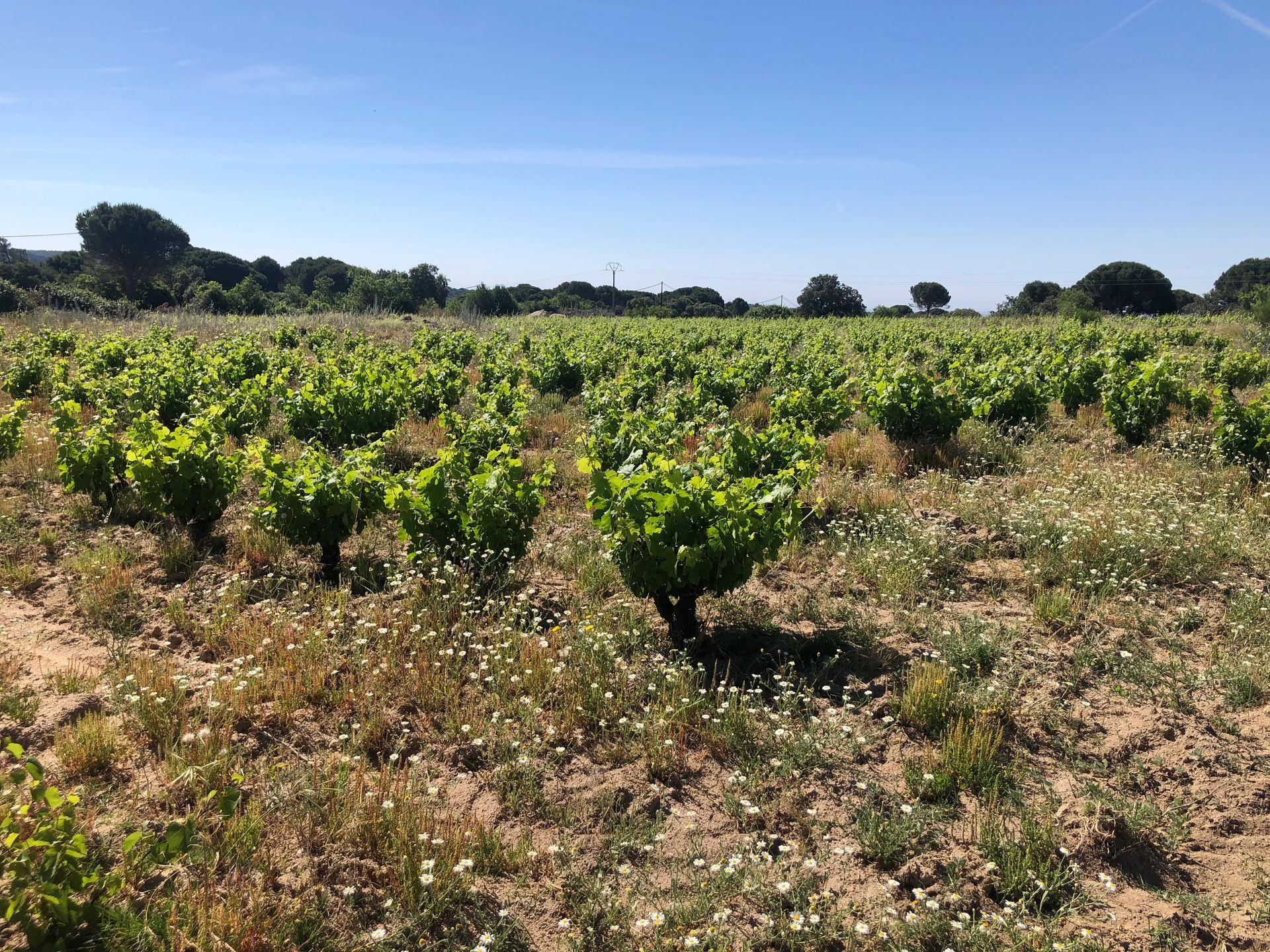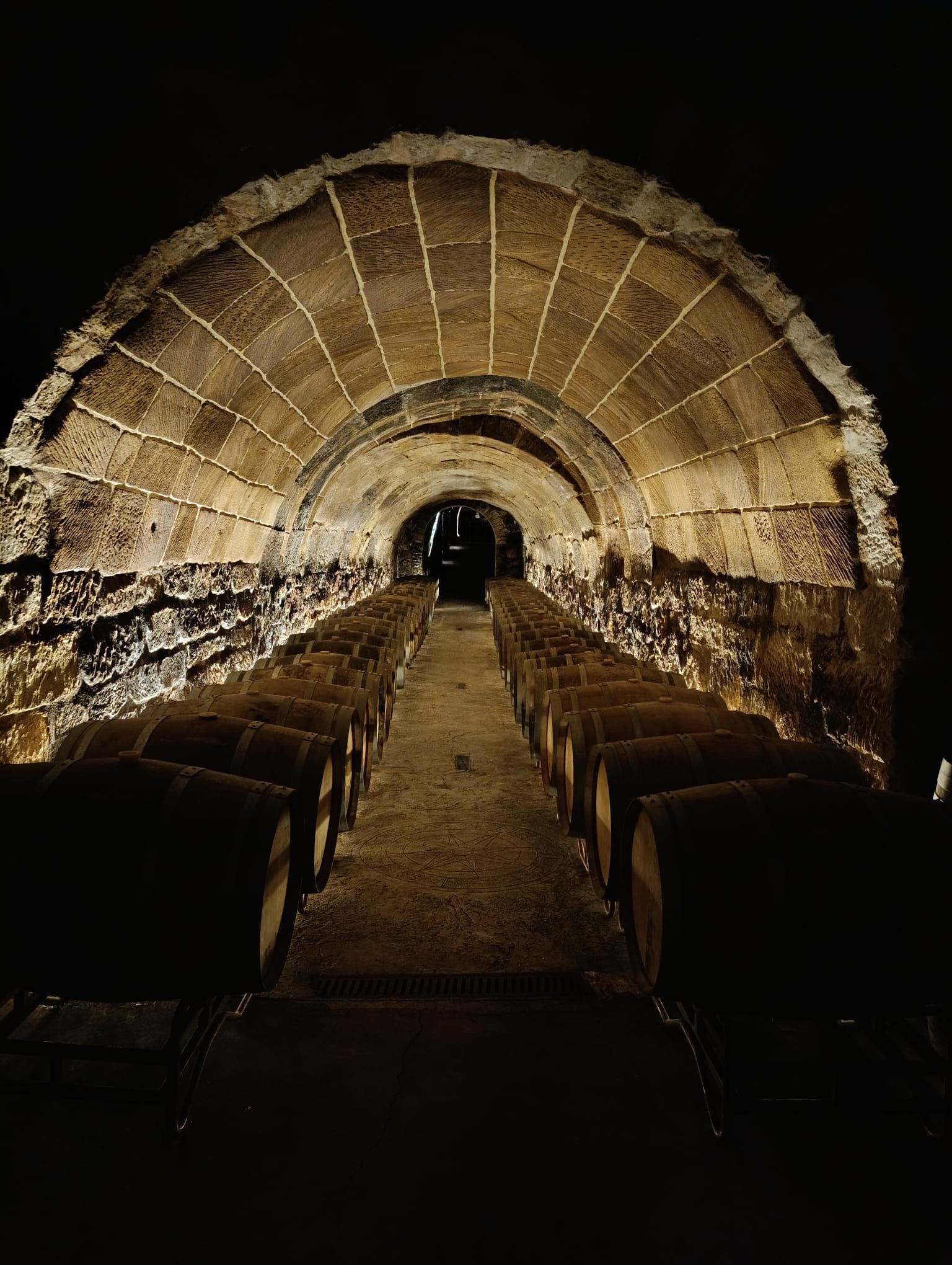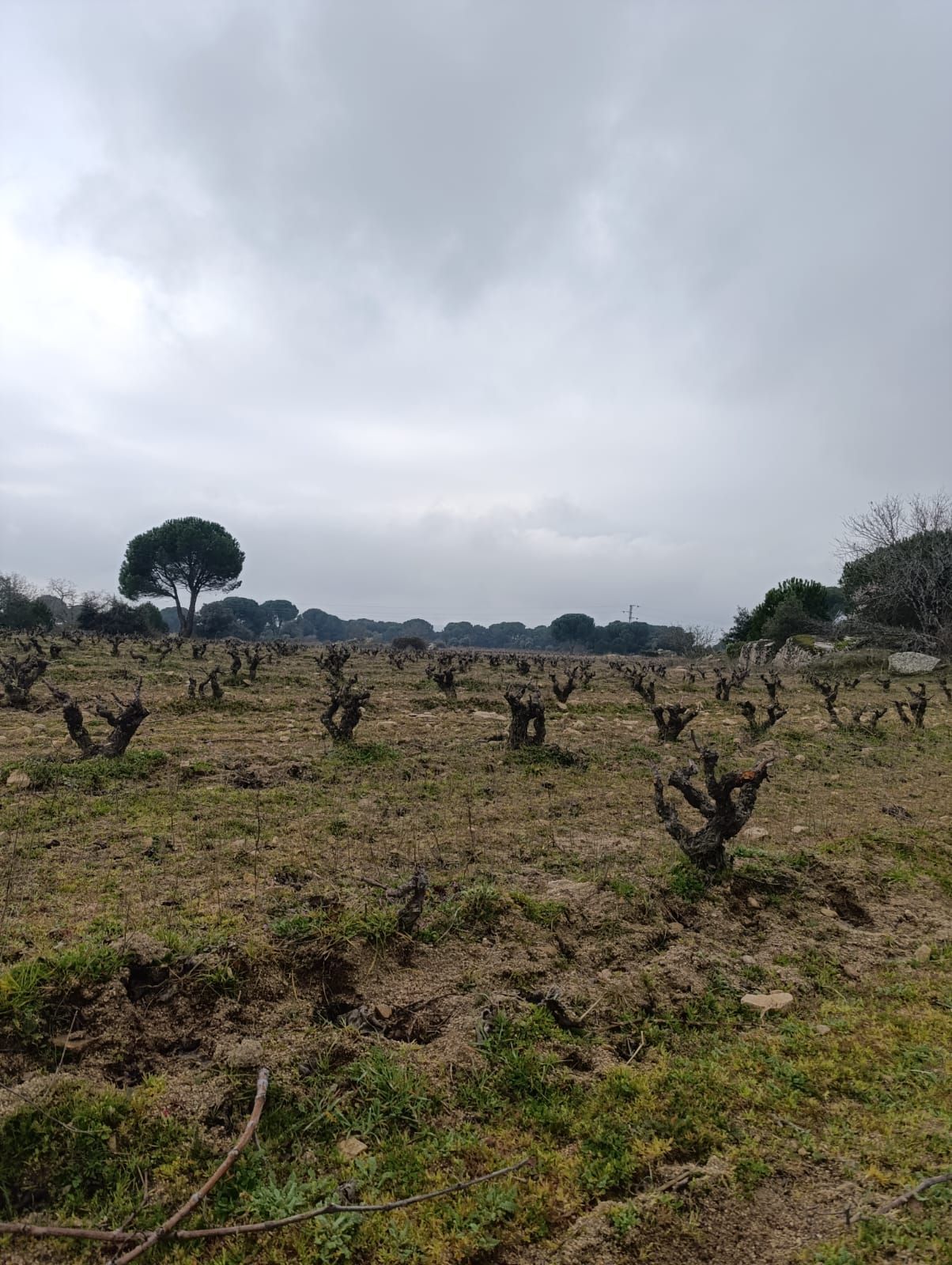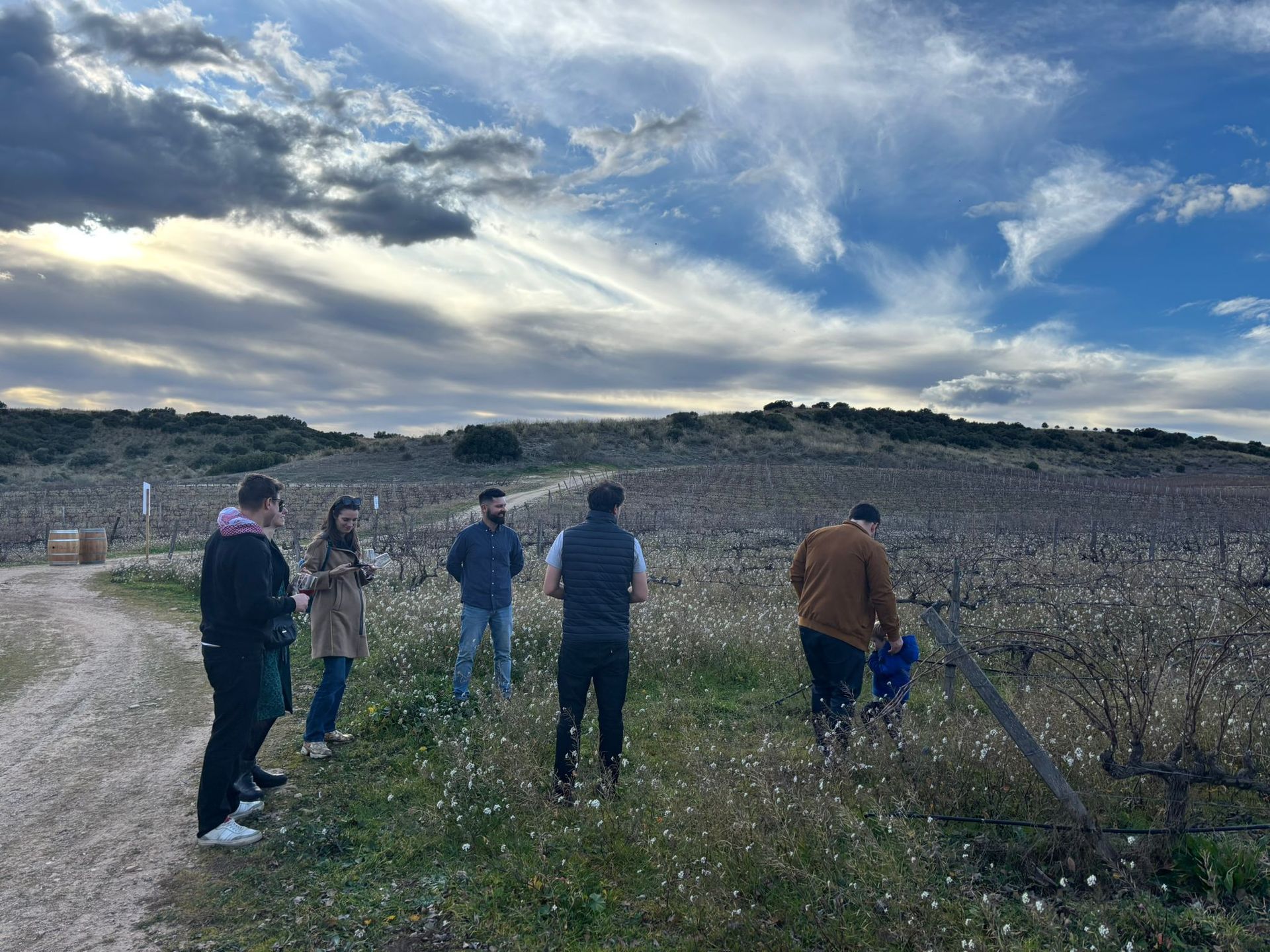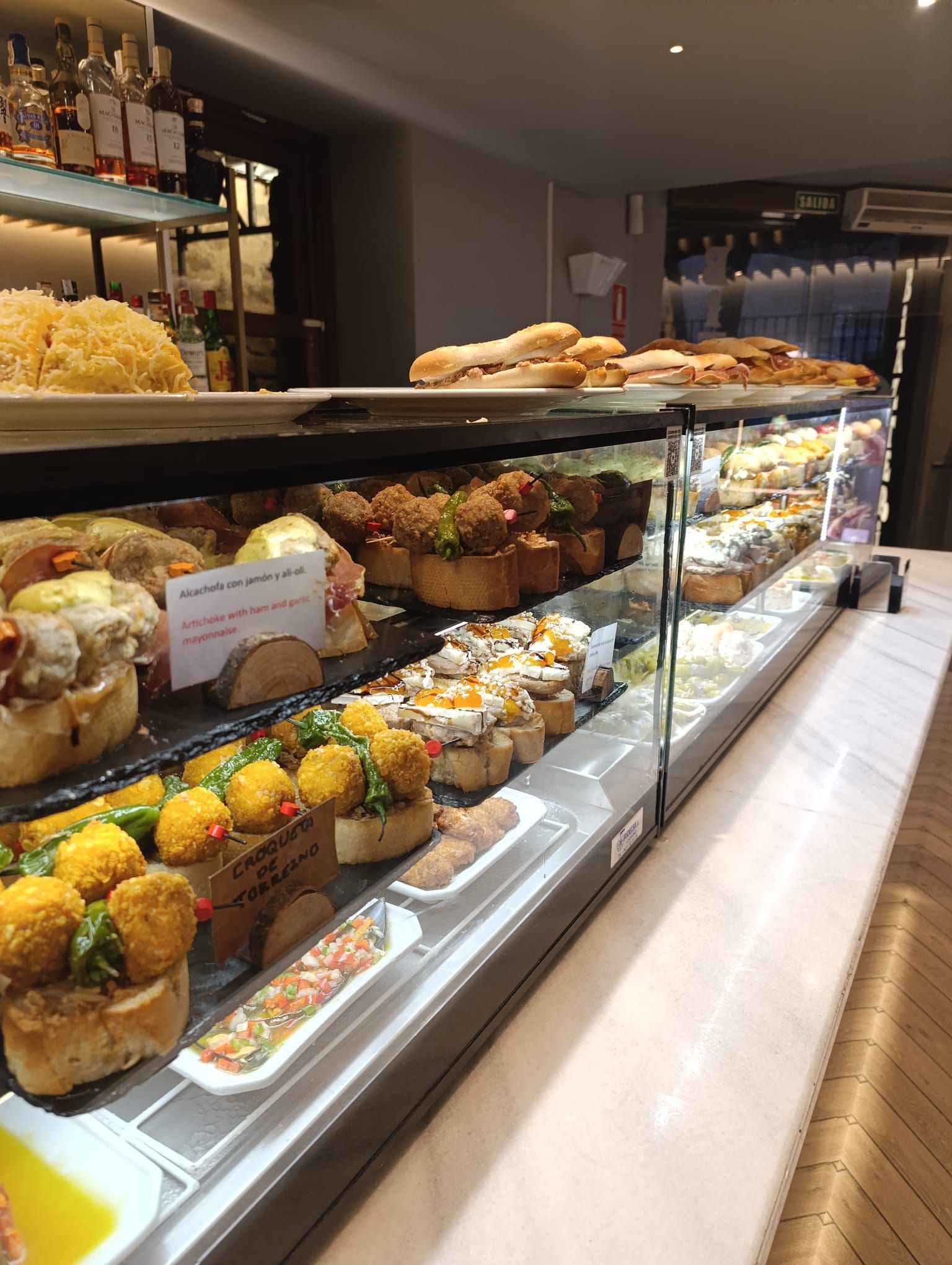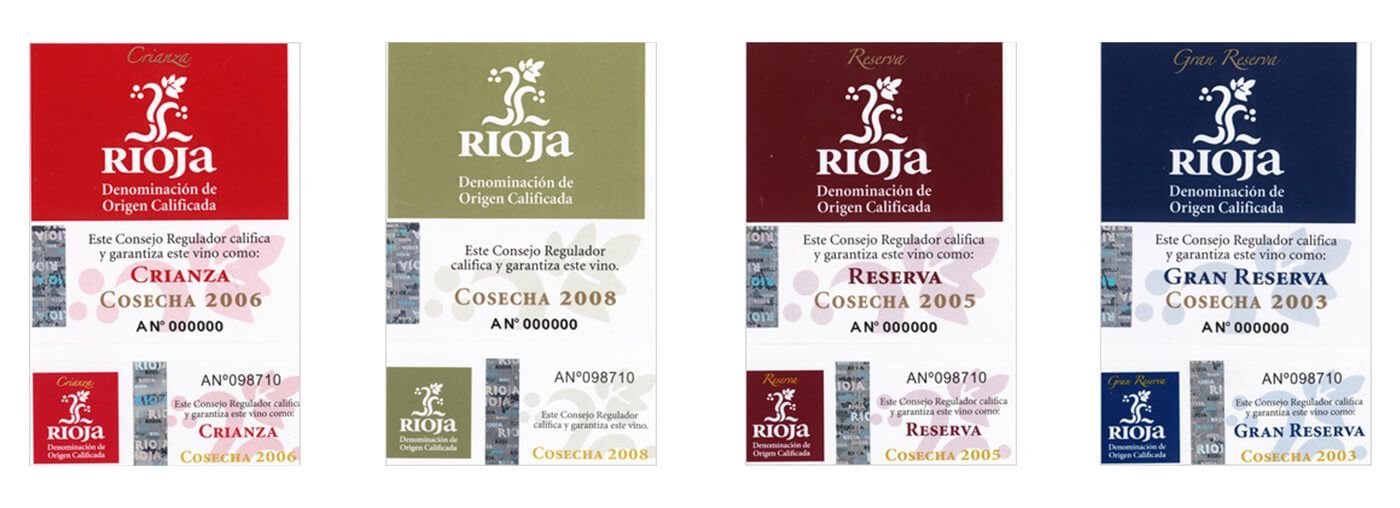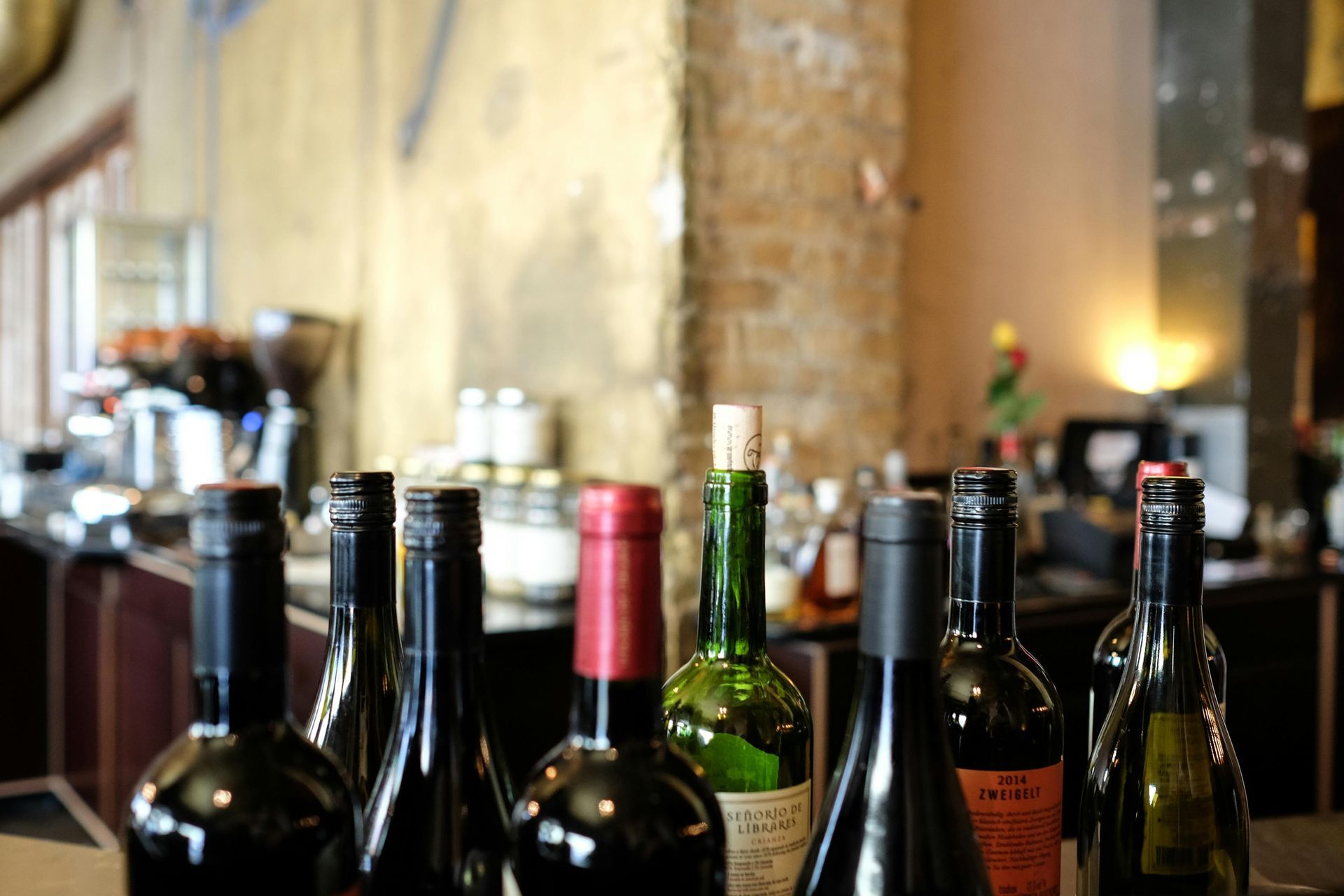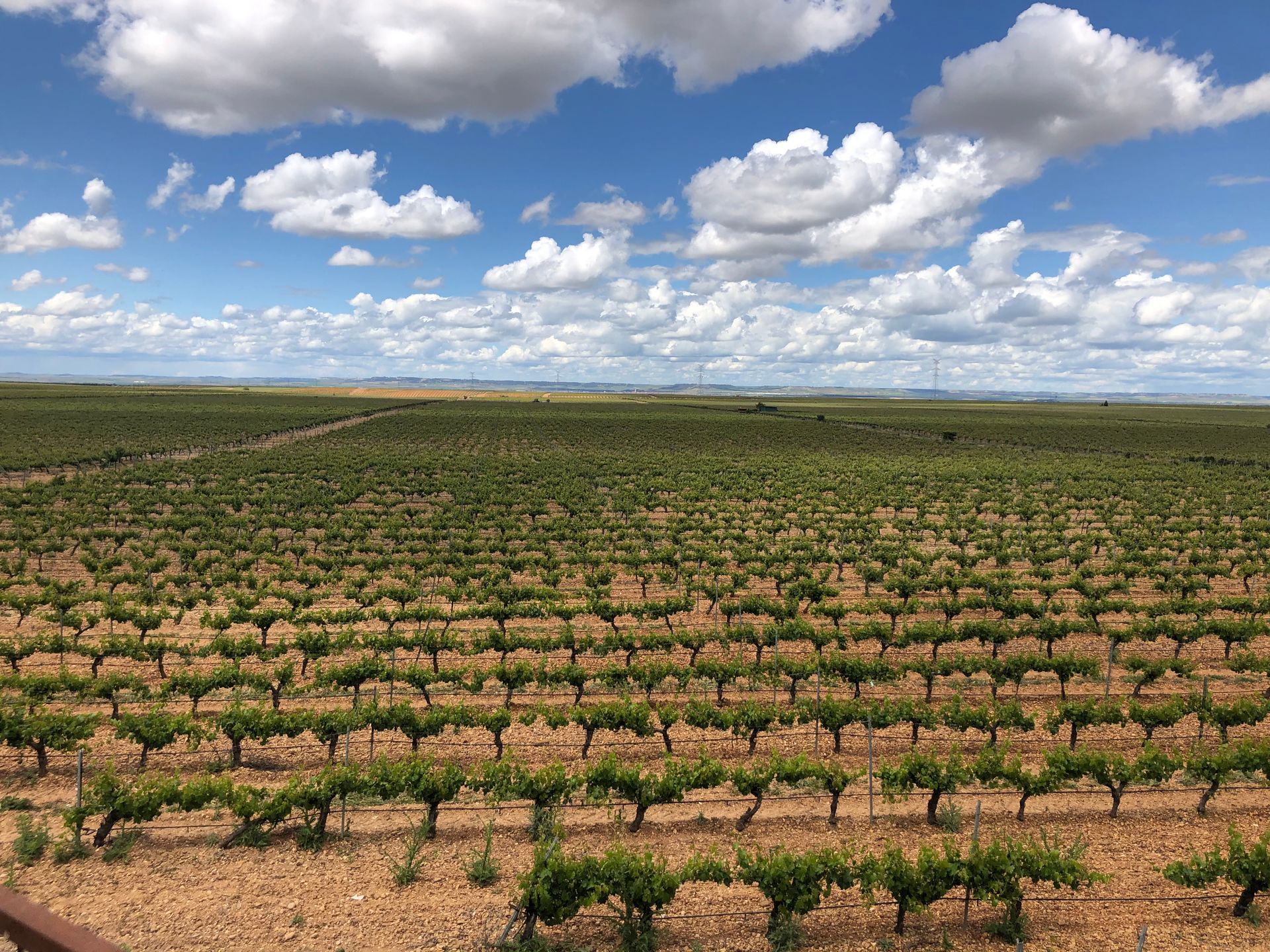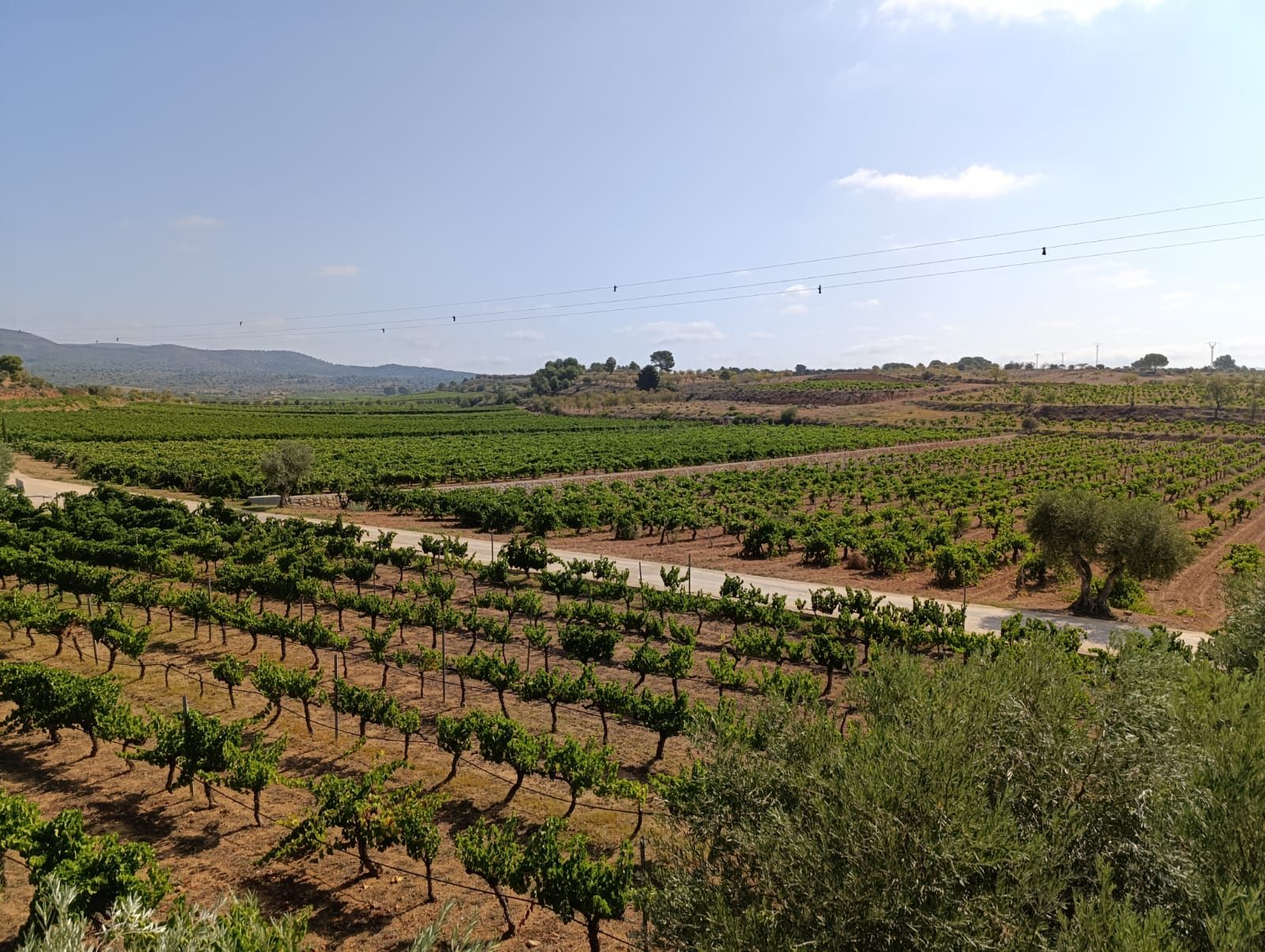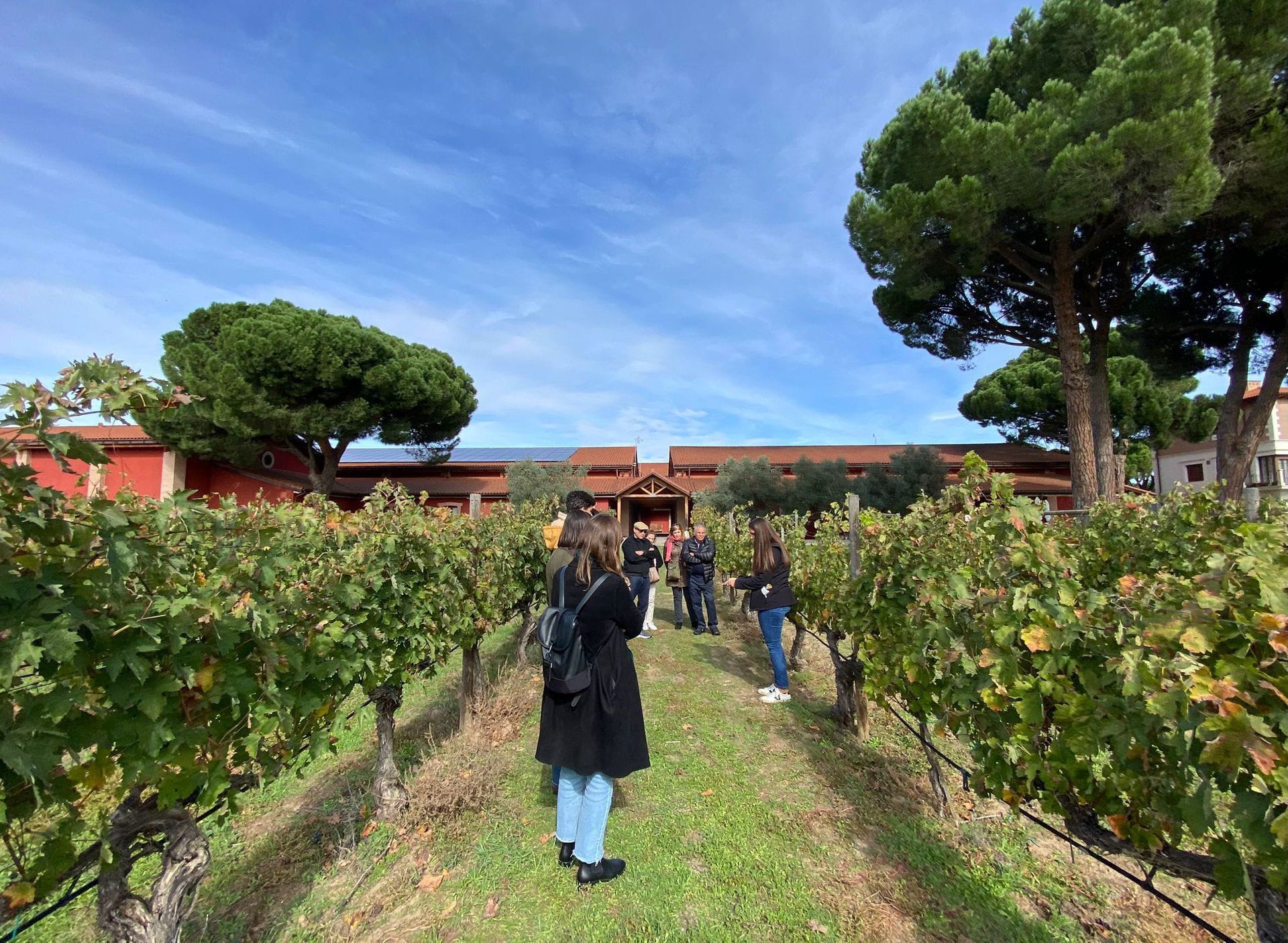Oak Ageing: The Subtle Art of Wine’s Soul
If there’s one thing we’ve all learned from a long night of wine drinking and conversation, it’s that the world of oak ageing in wine is as complex and layered as a great novel. Oak barrels have a seductive way of changing the very essence of wine, adding character, depth, and sometimes, an unmistakable flair. But much like any good romance, it’s not always about what’s on the surface. It’s what happens beneath the surface that counts.
Oak, in its most humble form, is nature’s way of collaborating with winemakers to create something transcendent. The type of oak, its origin, and how it’s treated can all influence the wine in profound ways. Let’s break down how French, American, Hungarian, and even Spanish oak play their parts.
French Oak: The Classic Seduction
There’s a reason why French oak is the darling of the wine world. If French oak were a character in a story, it would be the understated but deeply influential muse. The wood itself is tight-grained, meaning it releases its flavors slowly, coaxing the wine into a more elegant, subtle transformation. The result? Aromas of vanilla, spice, and a smooth texture that can elevate even the most modest of wines into something regal.
But it’s not just about the oak’s natural influence on the flavour profile. French oak, particularly from regions like Allier or Nevers, adds a level of refinement to wine. It’s often used for wines with a long ageing potential. Think Bordeaux, Burgundy, or a well-crafted Rioja. A few months or even years in French oak can add a refined complexity, with hints of toasted nuts, soft wood smoke, and the kind of earthiness that evokes the old-world charm of French vineyards.
American Oak: Bold and Unapologetic
If French oak is the subtle artist, American oak is the rock star. It’s bold, it’s assertive, and it doesn’t shy away from making a statement. With a more open grain, American oak tends to impart stronger, more pronounced flavours. Think coconut, vanilla, and even a hint of dill or baking spices. It’s a bit of a wild child in the oak world, and it often finds itself in wines that aren’t afraid to stand out.
This style of oak is famously associated with Californian wines, especially in the production of Cabernet Sauvignon and Chardonnay. American oak barrels age quicker than their French counterparts, which means the wine can develop its character in less time. But don’t mistake this for a rushed relationship; there’s a place for the depth that American oak brings. It’s a perfect match for wines that want to shout their presence to the world, like a full-bodied Zinfandel or a rich, buttered Chardonnay.
Hungarian Oak: The Unexpected Lover
Now, let’s talk about Hungarian oak, a bit of an underdog in the oak ageing world, but one that’s gaining more recognition. Hungarian oak has a similar tight grain to French oak, but it tends to impart a slightly spicier, more aromatic profile. You’ll find the same vanilla and spice notes, but they’re often accompanied by a more exotic touch. Think cinnamon, clove, and even a slight smokiness.
It’s often used for ageing wines from Central European regions, like Hungary itself or neighbouring countries like Austria and Slovakia. It’s also making a splash in places like California and Australia, as winemakers experiment with more unique flavours. Hungarian oak isn’t quite as polished as French oak, but that’s what makes it interesting. It’s the kind of oak that brings a little mystery to the relationship; complex, nuanced, and not quite as easy to pin down.
Spanish Oak: The Soulful Companion
Now, let’s talk about the homegrown oak of Spain: Quercus pyrenaica. Spanish oak is a bit more rarefied, but it has a deep connection to the land. Its grain is tighter than American oak, but it’s a bit coarser than French oak. The flavours it imparts are less overt than American oak but still distinctive. Spanish oak tends to add a touch of sweetness, with flavours of dried fruit, spice, and a gentle smokiness.
This oak can be found in a few Spanish wineries, especially in regions like Rioja and Ribera del Duero, where the combination of climate, terroir, and oak creates wines that are both rich and grounded in their sense of place. Spanish oak wraps the wine in a sense of maturity, adding complexity and softness without overwhelming the essence of the grape.
The Big Picture: Oak’s Influence on Wine
At its core, oak ageing is a delicate dance between the wood and the wine. Oak barrels not only allow oxygen to interact with the wine, softening its tannins and helping it mature, but they also release compounds that subtly enhance the wine’s aromas and flavours. The process is one of patience; a relationship where both the oak and the wine come together over time, creating something that’s far greater than the sum of its parts.
The key to oak’s influence on wine is balance. Too much oak, and the wine can become overwhelmed by the wood, losing the pure expression of the grape. Too little, and the wine may feel incomplete, lacking the depth and complexity that oak brings. The trick, then, is in the timing, the length of time the wine spends in oak, the type of oak, and the careful management of those flavours.
So, whether you’re sipping on a refined French oak-aged Bordeaux or an adventurous American oak-aged Zinfandel, just remember: wine, like life, is a series of slow, deliberate moments. And in the case of oak ageing, sometimes it’s the slow burn that makes the biggest impact.
Quick Reference: Oak Flavours by Origin
- French Oak – Subtle, elegant spice, vanilla, cedar, roasted coffee, and silky tannins.
- American Oak – Bold coconut, sweet vanilla, dill, caramel, and rich toastiness.
- Hungarian Oak – Delicate sweet spice, clove, cinnamon, nutmeg, and a hint of smokiness.
- Spanish Oak – Earthy tones, leather, tobacco, dried herbs, and firm tannins.
